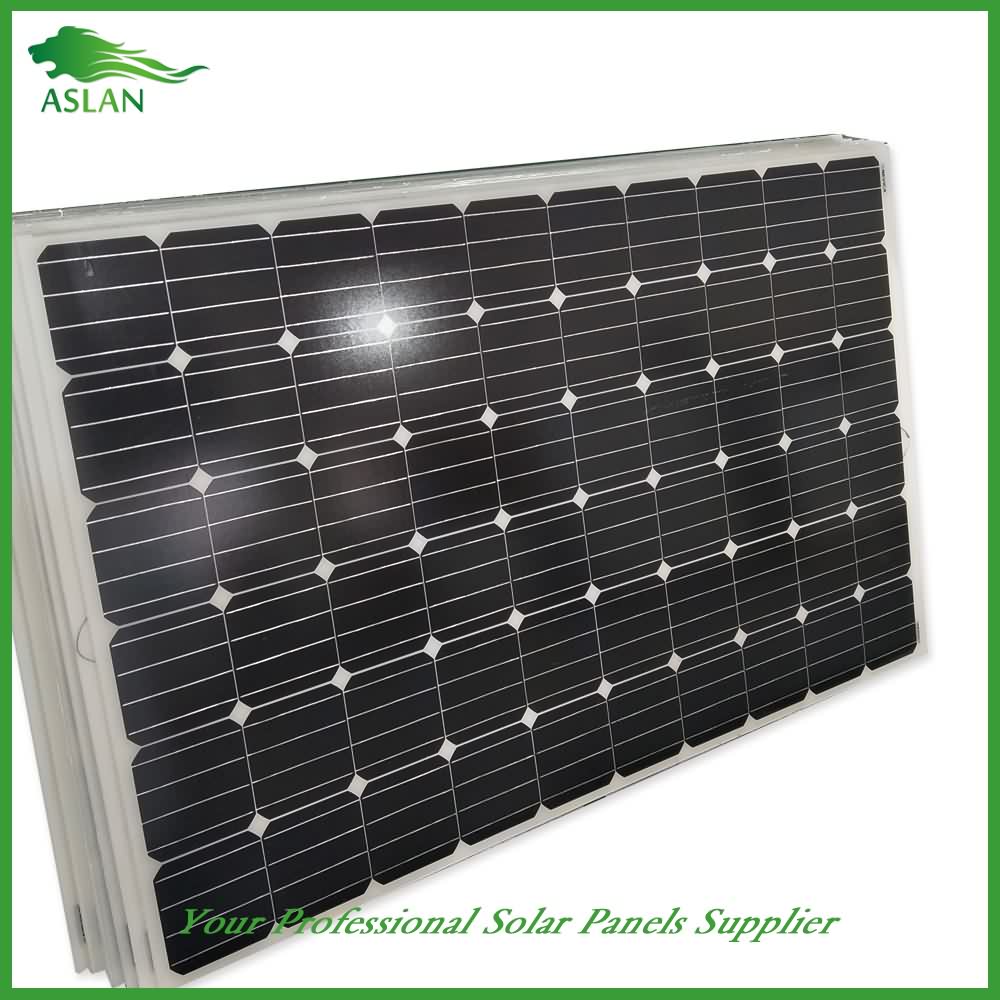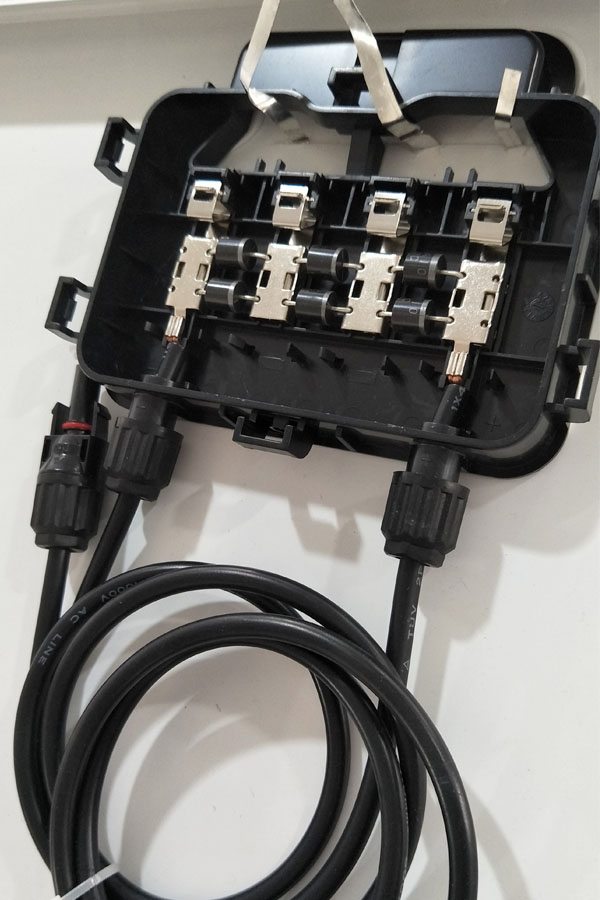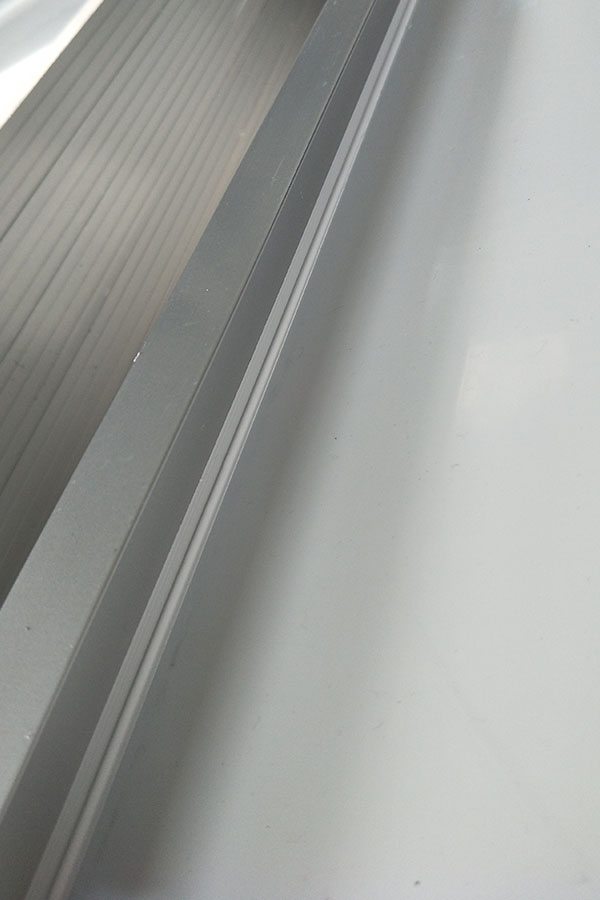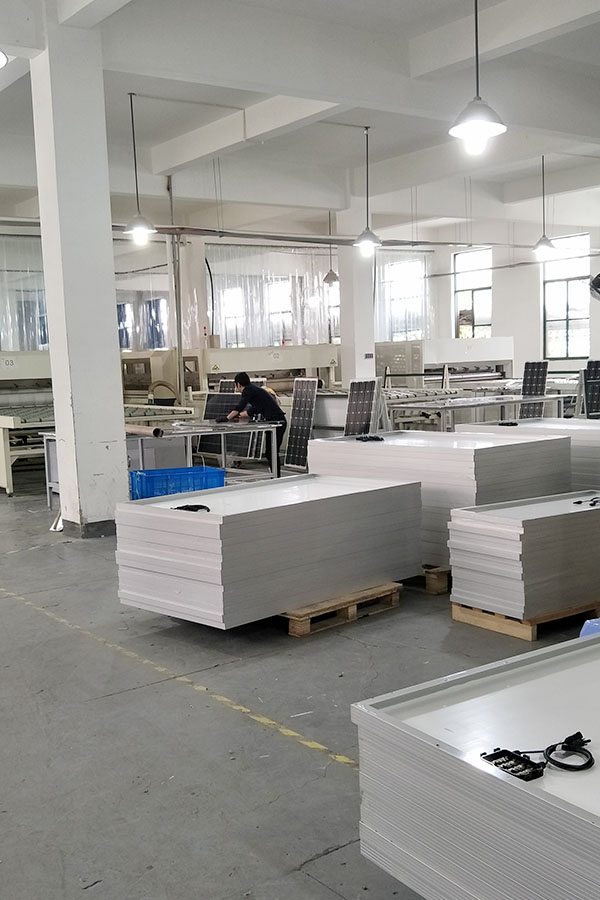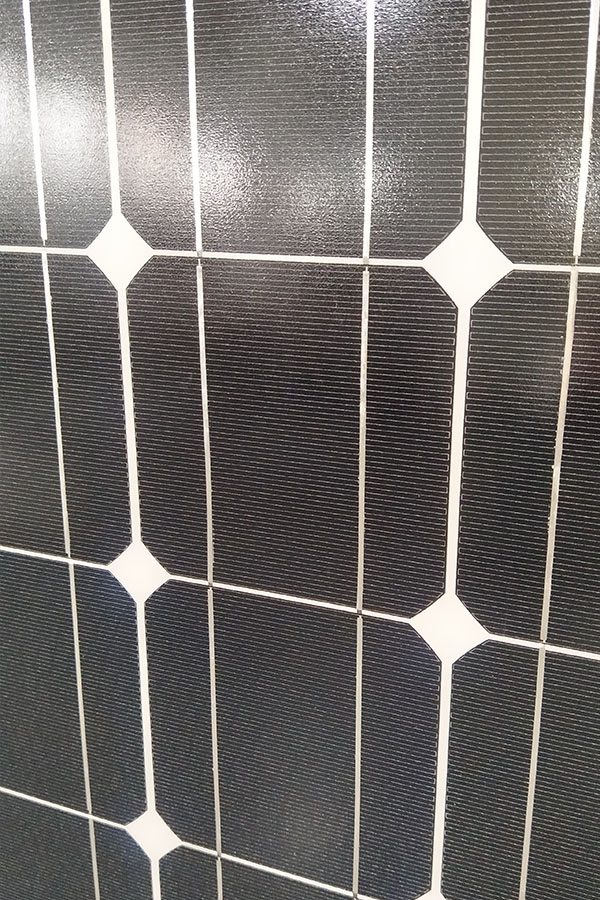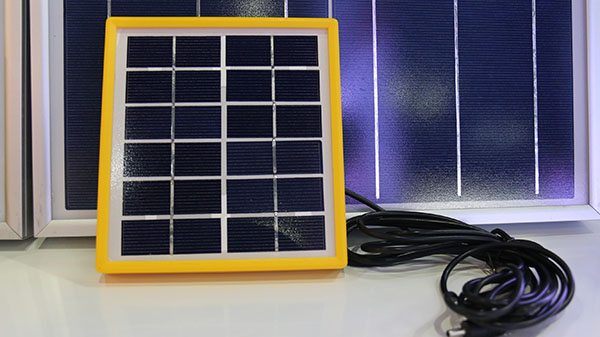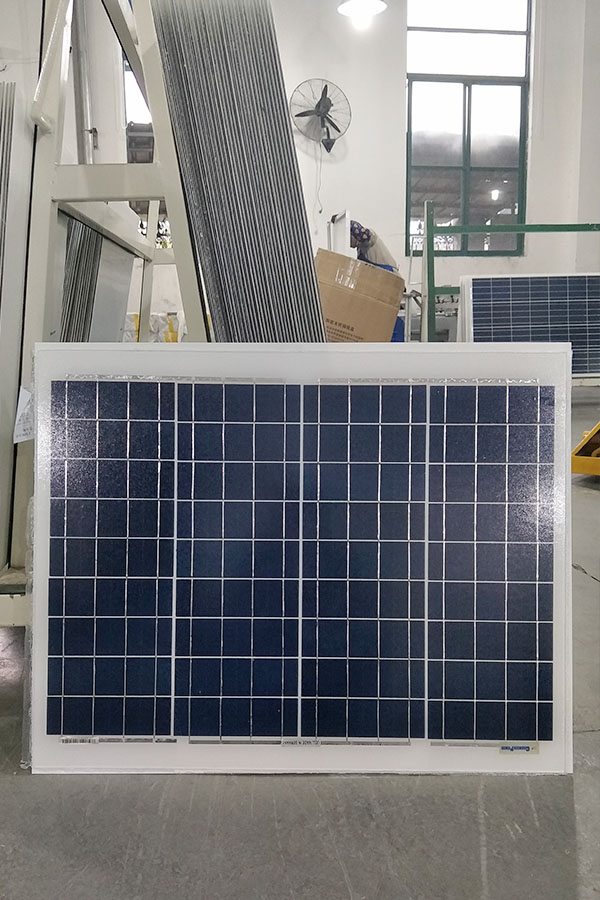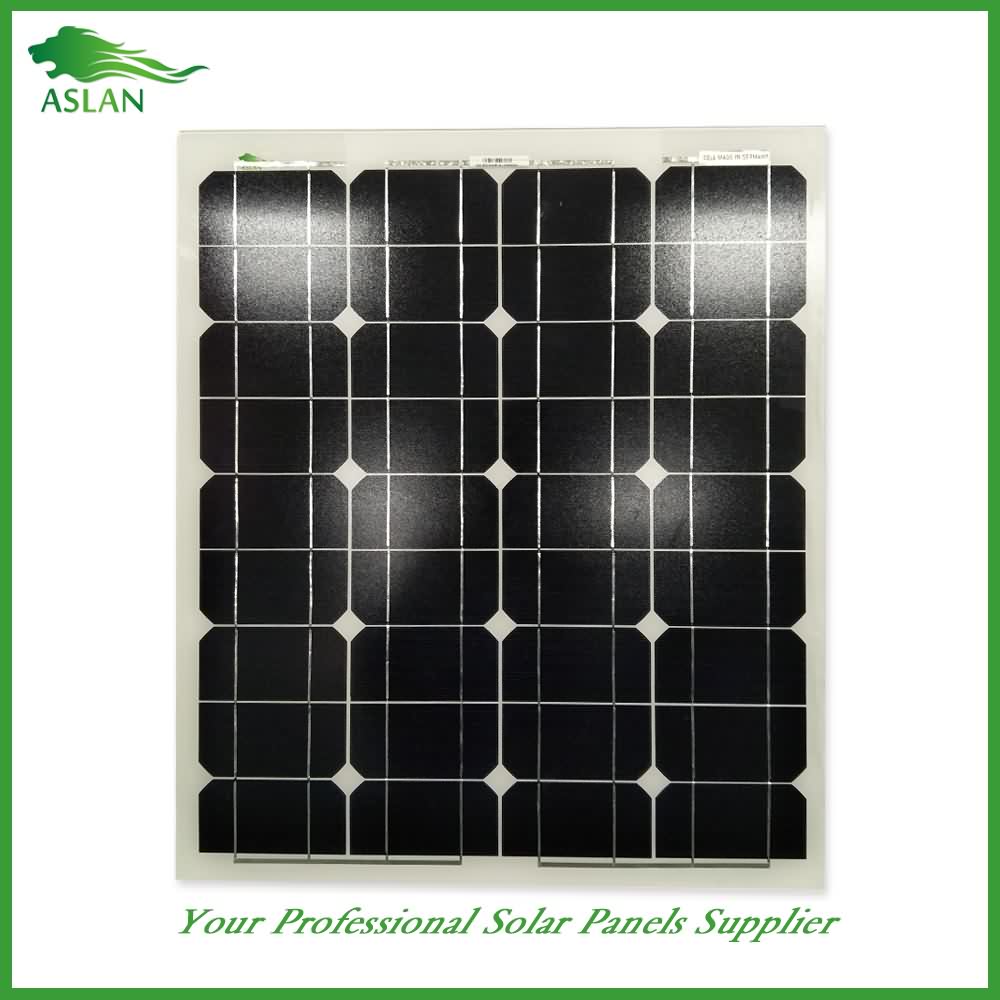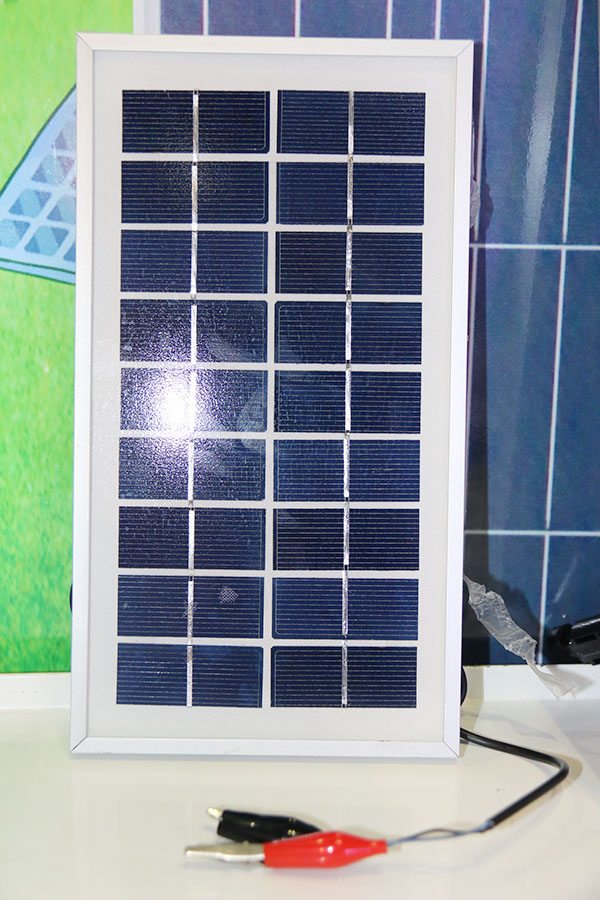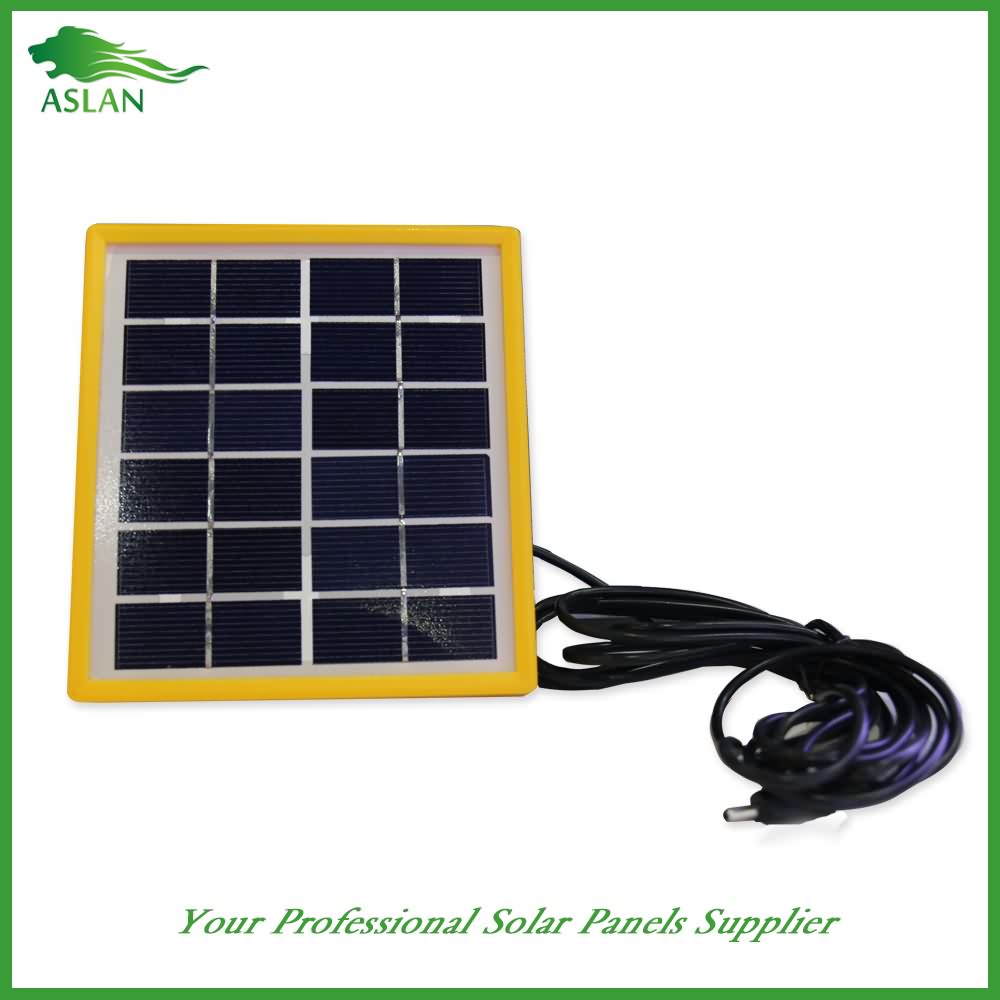Good User Reputation for Mono-Crystalline 250W Solar Panel for Mauritius
Short Description:
In the past few years, our company absorbed and digested advanced technologies both at home and abroad. Meanwhile, our company staffs a team of experts devoted to the development of Good User Reputation for Mono-Crystalline 250W Solar Panel for Mauritius, We welcome new and old customers from all walks of life to contact us for future business relationships and achieving mutual success!
Mono-Crystalline 250W Solar Panel
Technical parameter
Maximum Power(W) 250W
Optimum Power Voltage(Vmp) 30.3V
Optimum Operating Current(Imp) 8.29A
Open Circuit Voltage(Voc) 36.76V
Short Circuit Current(Isc) 8.91A
Mechanical Characteristics
Cell Type Monocrystalline 156x156mm (6 inch)
No of Cell 60 (6x10pcs)
Dimensions 1640x990x40mm
Weight 18.0KGS
Front Glass 3.2mm,High Transmission, Low Iron,Tempered Glass
Junction box IP65 Rated
Output Cable TUV 1×4.0mm2/UL12AWG,Length:900mm
Temperature and Coefficients
Operating Temperature(°C): -40°C ~ + 85°C
Maximum System Voltage: 600V(UL)/1000V(IEC) DC
Maximum Rated Current Series: 15A
Temperature Coefficients of Pmax: -0.47%
Temperature Coefficients of Voc: -0.389%
Temperature Coefficients of Isc: 0.057%
Nominal Operationg Cell Temperature (NOCT): 47+/-2°C
Materials of solar panel
1).Solar Cell——Mono-crystalline solar cell 156*156mm
2).Front Glass——-3.2mm, high transmission, low iron, tempered glass
3).EVA——-excellent anti-aging EVA
4).TPT——-TPT hot seal made of flame resistance
5).Frame——anodized aluminum profile
6).Junction Box——-IP65 rated, high quality, with diode protection
Superiority: high quality anodized aluminum frame, high efficiency long life, easy installation, strong wind resistance, strong hail resistance.
Features
1. High cell efficiency with quality silicon materials for long term output stability
2. Strictly quality control ensure the stability and reliability, totally 23 QC procedures
3. High transmittance low iron tempered glass with enhanced stiffness and impact resistance
4. Both Polycrystalline and Mono-crystalline
5. Excellent performance in harsh weather
6. Outstanding electrical performance under high temperature and low irradiance
Quality assurance testing
Thermal cycling test
Thermal shock test
Thermal/Freezing and high humidity cycling test
Electrical isolation test
Hail impact test
Mechanical, wind and twist loading test
Salt mist test
Light and water-exposure test
Moist carbon dioxide/sulphur dioxide
Solar Time Tracker: http://mwands.com/store/solar-products/solar-panel-mounting/solar-panel-timed-tracker-system
MISSOURI WIND AND SOLAR WEBSITE
https://www.mwands.com
SOCIAL MEDIA:
FACEBOOK: https://www.facebook.com/MissouriWindandSolar/
INSTAGRAM: https://www.instagram.com/missouriwind/
PINTEREST: https://www.pinterest.com/missouriwind/
LINKEDIN: https://www.linkedin.com/company/missouri-wind-and-solar
YELP: https://www.yelp.com/biz/missouri-wind-and-solar-seymour-2
WHERE WE’RE LOCATED:
332 Cobblestone Drive
Seymour, Mo. 65746
HOW TO CONTACT US:
EMAIL: sales@mwands.com
PHONE: 1-417-708-5359
WHAT MAKES US DIFFERENT:
Missouri Wind and Solar offers a service no other DIY wind and solar company does – system design, installation advice, and detailed personal diagrams on how to wire the system together. You’re not blindly purchasing products you *think* you might need, you’re getting true customer and technical support before and after the sale.
Get your free audio book:
http://eonl.us/f/b008kzulug
Also called energy scavenging, energy harvesting captures, stores, and uses “clean” energy sources by employing interfaces, storage devices, and other units. Unlike conventional electric power generation systems, renewable energy harvesting does not use fossil fuels and the generation units can be decentralized, thereby significantly reducing transmission and distribution losses. But advanced technical methods must be developed to increase the efficiency of devices in harvesting energy from environmentally friendly, “green” resources and converting them into electrical energy.recognizing this need, Energy Harvesting: Solar, Wind, and Ocean Energy Conversion Systems describes various energy harvesting technologies, different topologies, and many types of power electronic interfaces for stand-alone utilization or grid connection of energy harvesting applications. Along with providing all the necessary concepts and theoretical background, the authors develop simulation models throughout the text to build a practical understanding of system analysis and modeling.with a focus on solar energy, the first chapter discusses the Iv characteristics of photovoltaic (pv) systems, Pv models and equivalent circuits, sun tracking systems, maximum power point tracking systems, shading effects, and power electronic interfaces for grid-connected and stand-alone Pv systems. It also presents sizing criteria for applications and modern solar energy applications, including residential, vehicular, naval, and space applications. The next chapter reviews different types of wind turbines and electrical machines as well as various power electronic interfaces. After explaining the energy generation technologies, optimal operation principles, and possible utilization techniques of ocean tidal energy harvesting, the book explores nearand offshore approaches for harvesting the kinetic and potential energy of ocean waves. It also describes the required absorber, turbine, and types, along with the power electronic interfaces for grid connection and commercialized ocean wave energy conversion applications. The final chapter deals with closed, open, and hybrid-cycle ocean thermal energy conversion systems.
